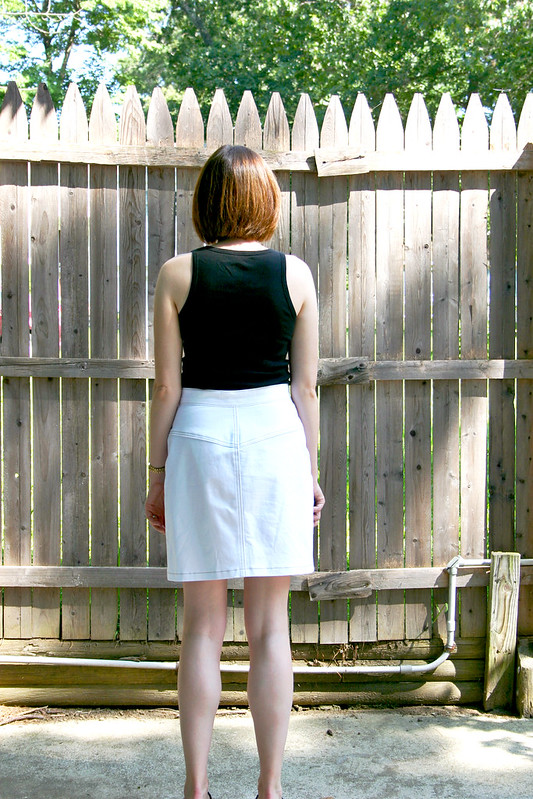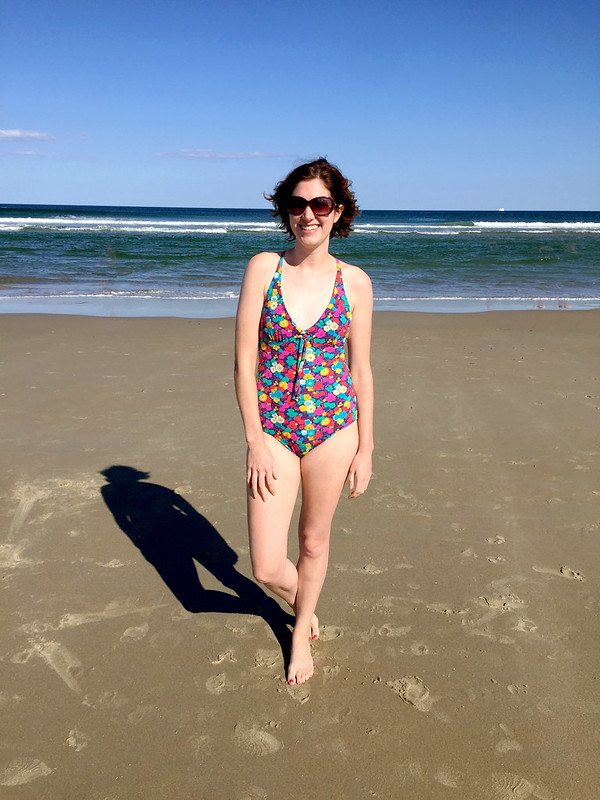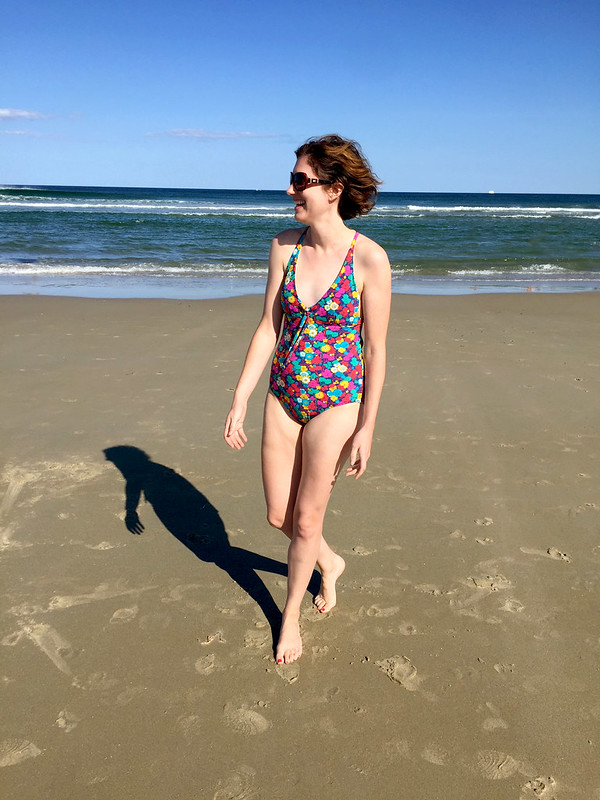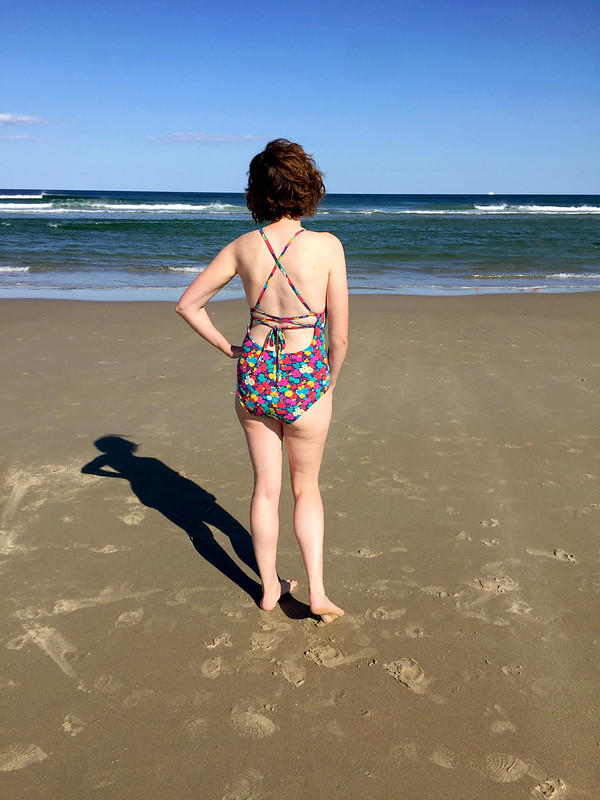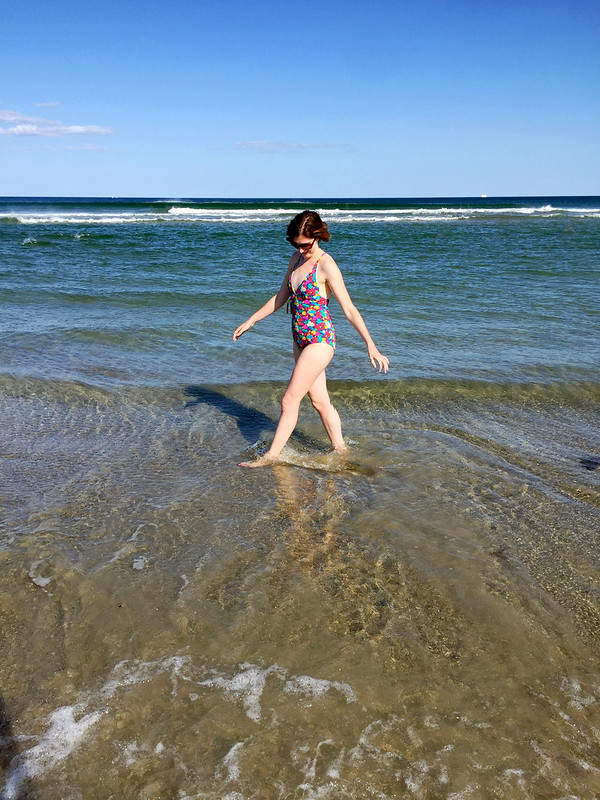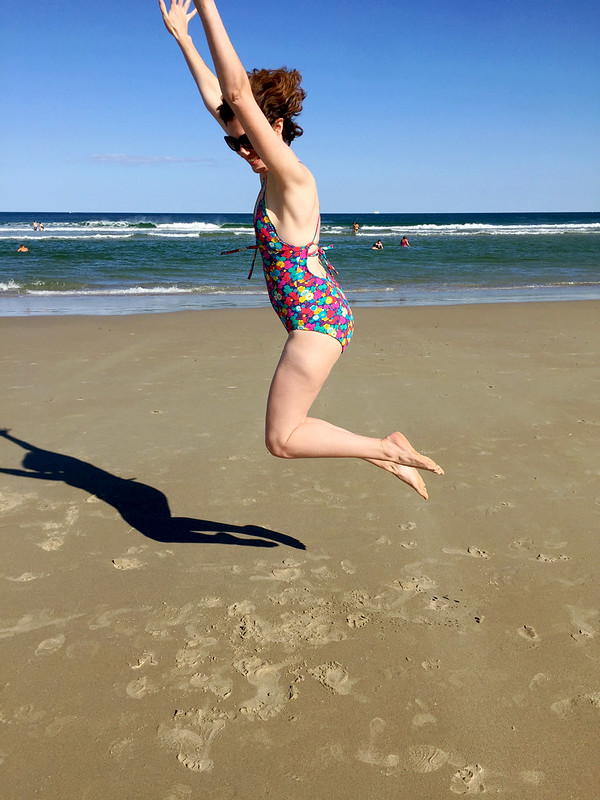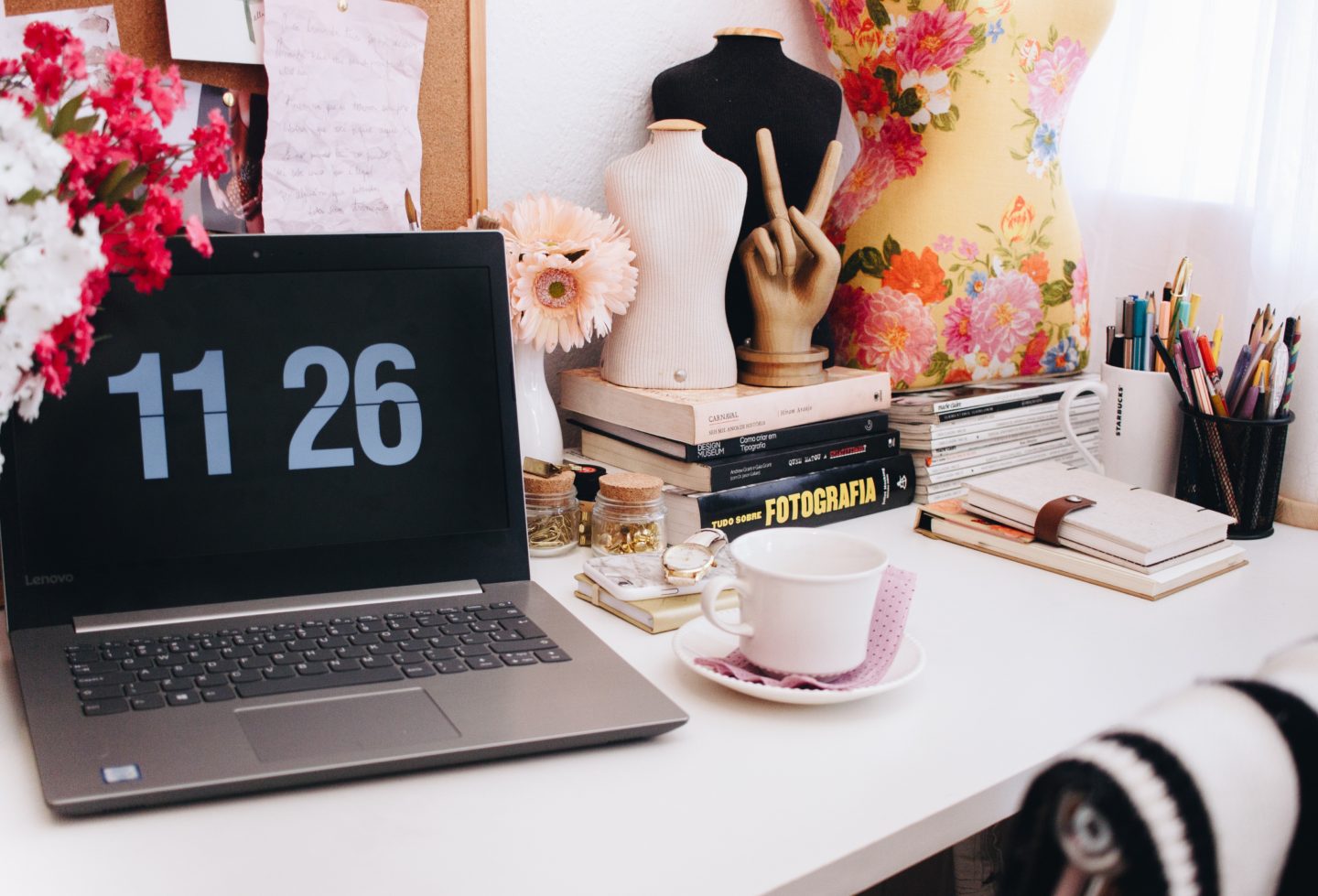
I’m just like you…I struggle to find time to sew, too.
I don’t have kids and a family to take care of (yet), but my time is in short supply when it comes to sewing. Here’s my reality: I have a full-time job, my commute is like a part-time job (four hours a day, no joke), I’m going to school for my MBA, and oh yeah, I have normal chores and stuff around the house that I need to do. Plus, I teach a fitness class on the side each week that I have to prep and practice for. Whew! It’s a miracle that anything gets sewn, really, when I think about it.
Because of all of the above life changes over the last several years, I don’t crank out as many garments as I used to. But, when I do have a bit of time here and there, I try to make the most of it. Here’s some tricks I use that you might find useful in your own sewing time.
- Batch-cut several projects at once – I have a small sewing room that requires me to rearrange the furniture to get my collapsable sewing table out. So, when I have my table out and all of my tools at the ready, and I’m in the frame of mind that I’m cutting out fabric, I try to cut out more than one project. Cutting out fabric is a task I really don’t enjoy, so if I can just do as much as possible at once and be done with it, I try to. The benefit is that I have multiple projects ready to go when I have a few minutes to spare
- Take advantage of even a few minutes of spare time – need to thread your serger for your next project? Or, maybe you have a few minutes free for sewing some darts or simple seams? Do it. Sure, it may not feel as satisfying as sitting down for a real sewing session of a few hours, but it’s amazing how those minutes add up and a project comes together. I tried this experiment a few years ago after reading Nancy Zieman’s “10-20-30 Minutes to Sew” and it’s something I’ve adopted ever since I made this Ginger Skirt.
- Have all of your materials ready to go – a good habit I try to maintain is pre-washing all of my fabrics as soon as they come home with me. It doesn’t happen all of the time, but I try to throw my fabrics in the wash so when I’m ready to pull them out of my closet for a project, they’re ready to be cut out and sewn. If I’m also planning on making a project coming up and don’t have time to get to the store, I’ll look online for the supplies I need and get them ready to ship in time for my next sewing date in my sewing room. A lot time these days my supplies come from shopping online, which is much more convenient with my schedule than trying to hunt them down at my local fabric stores.
- Use a rotary cutter and large pattern weights – this goes back to my first bullet point, but it’s the easiest and the fastest to cut out projects when I use a mat and rotary cutter. There are some fabrics where it’s really the best option to cut them out with a rotary cutter, like slippery knits, but it’s so much more accurate and faster than a pair of scissors. I’m also a convert to pattern weights instead of pins for securing pattern pieces. I’ll measure out and pin down the grainline of pattern pieces to make sure I have them straight, but then I’ll use weights to hold the tissue pieces in place on the fabric. You don’t have to use anything fancy, I use giant washers I bought at Home Depot that I covered in washi tape.
- Press your pieces in batches – I just used this strategy for a top I have coming to the blog next week! Instead of getting up every time I finish sewing a seam to press it open or to one side, I wait until I have a few to press and do them all at once. As long as waiting to press a seam doesn’t interfere with sewing another one (think of an intersecting seam, or a dart and a waistband seam, for example), I try to do this as much as possible.
- Keep a running list of your sewing queue – this one is a fave of mine. I use Evernote to keep track, on a seasonal basis, of patterns I want to make and fabrics I have in my stash that would work with the pattern. I also use a special notation to call out projects that are easy to whip-up quickly vs projects that will take more time due to needing to make a muslin to get the fit right. It helps me prioritize when I suddenly have some free time and am not sure what to make next.
I hope some of these methods help to speed up your sewing time! Let me know if any of these work for you, or how you sew as efficiently as possible. I need all the help I can get, hah!



